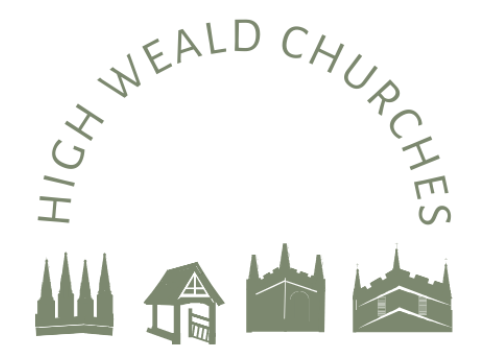St Mary’s, Chiddingstone
Getting Here
High Street
Chiddingstone
Edenbridge
TN8 7AH
St Mary's church is located in Chiddingstone village, opposite the Primary School, the Tulip Tree Shop and Tea Room, and The Castle Inn pub. You can walk from the church into Chiddingstone Castle grounds.
There is no car park at St Mary's. However, you can park on the road in the village free of charge.
Services
Seasonal - During winter most services are at St Luke’s Chiddingstone Causeway. Please Whats On for exceptions.
-
The name, “Chiddingstone” is often thought to be a reference to the unusual stone formation on the edge of the High Street (you can find it down a footpath next to the school) but a more likely etymology comes from the old English naming of the settlement as belonging to the family of Cidda: Cidda’s tun.
St Mary's, Chiddingstone, might be called the “iron church”. This pretty, late mediaeval church has stood fast during a surprising amount of turbulence over the years. A Saxon foundation, she reached her current form under the patronage of Sir Bartholomew Burghersh (d. 1355) —who also gave his name to the courtyard opposite. Sir Bartholomew acquired much of his wealth, and his baronetcy, by being on the winning side of the coup overthrowing Edward II in the 1320s.
In the 1450s St Mary's would have seen Roger Atwood and William hunt scurry home from the losing side of a different rebellion: Jack Cade's. Their king’s pardon was revoked shortly after, leaving them to hope, one assumes, that their home village was quiet enough to keep them out of the King’s Eye! Hunt’s shop survived, at any rate, though the two rebels’ fate is unknown.
In the following century, the local iron industry learned to forge cast iron, which was invaluable for making cannons. A local family, the Streatfeilds—whose name you'll see all over this church, and who built Chiddingstone Castle—began their rise in fortune on the back of this small industrial revolution, and soon established themselves as one of the principal families in the area.
Then in 1624, when parliament was pushing for war with Spain, lightning hit the church causing a devastating fire. Money was raised from all over the county to repair it, and it seems to have been done broadly like for like, keeping the character of the mediaeval build—perhaps troubled times had caused a touch of nostalgia. Certainly, it is hard at this distance to tell what was replaced and what was recovered.
Civil war followed, with Kent being the scene of one of the last stands in defence of monarchy. We have no record as to whether the parliamentary condemnation of the Kentish Petition was read, as instructed, from the pulpit at St Mary’s.
After the Restoration of the monarchy, we see more significant repair of the building and her furniture, suggesting the intervening years had not been kind to this iron church.
Work continues on St Mary's, as she remains a key centre of worship and commemoration for the local area. You can see in the Tower Chapel and west kitchen, both built in the last quarter of the 20th century, and the memorial book at the West End of the church, which is regularly updated, the signs of St Mary’s ongoing life in this remarkable village.
-
We welcome visitors at all times.
The church is normally open during daylight hours, every day of the year.
School visits
We especially encourage school visits. If you would like to discuss a visit, please email our administrator at office@highwealdchurches.org.uk -
Unfortunately, the main door to St Mary’s has several, uneven steps, and work has yet to begun improving access, but there is a side door which provides level, if not fully wheelchair accessible access.
Once inside, there is a ramp at the (raised) east end of the church.
There is also a (single, unisex) toilet with baby-changing facilities, which is unlocked when there is a service.


